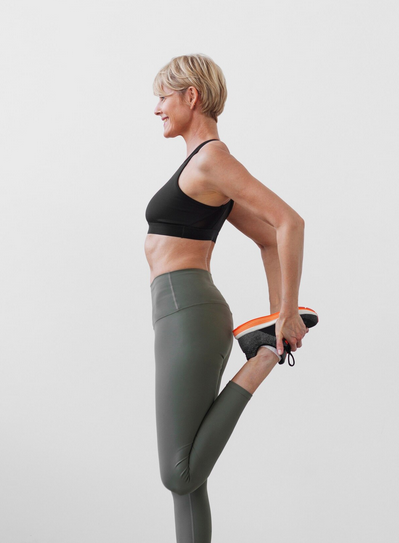 |
When most people think about movement, the first thing that comes to mind is flexibility—how far you can stretch or reach. But there’s another equally important piece of the puzzle: mobility, and this is often the neglected one. While the two terms often get mixed up, they’re not the same thing. And understanding the difference can change the way you move and exercise. First, we’ll start by defining the two terms and how they come into play in your daily life. Next, we’ll describe general training principles for improving both, and where to find help if you’re struggling with poor…
Read More










